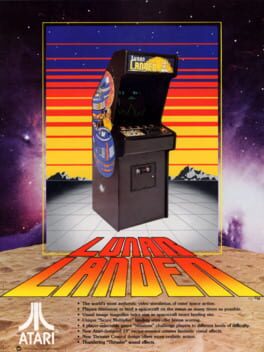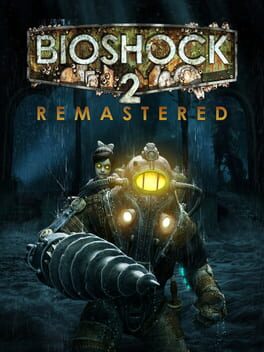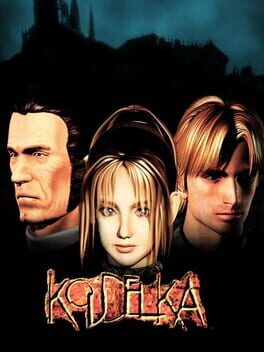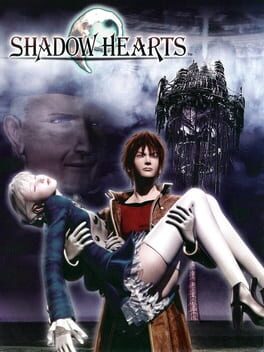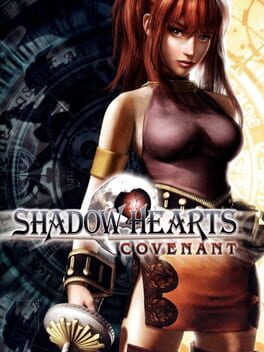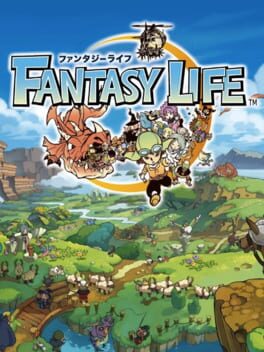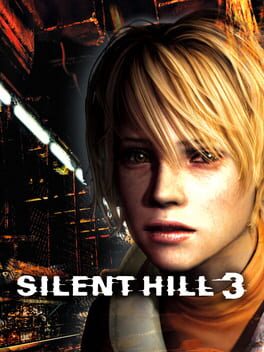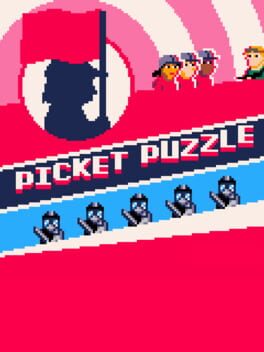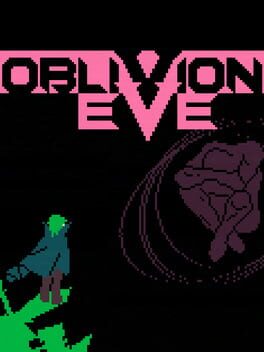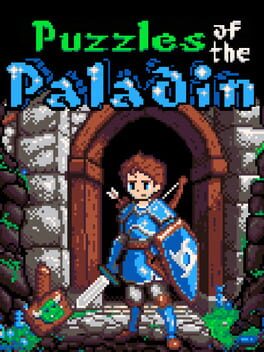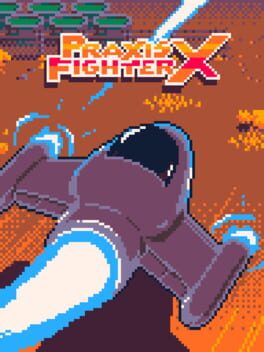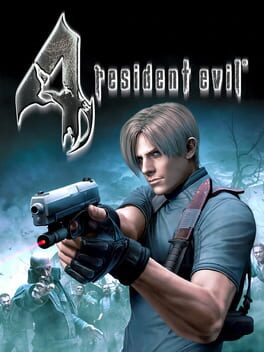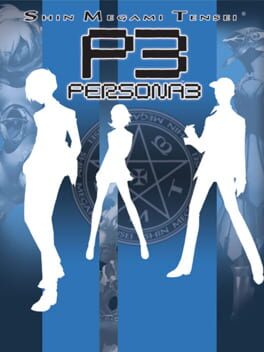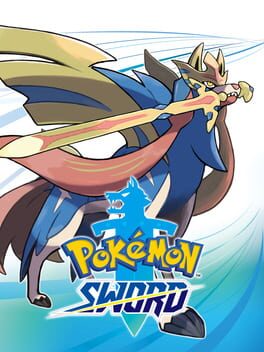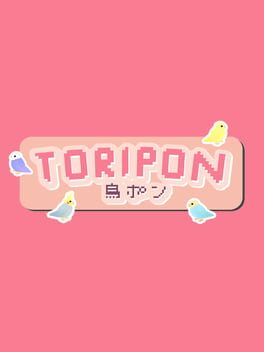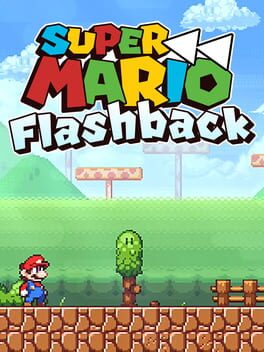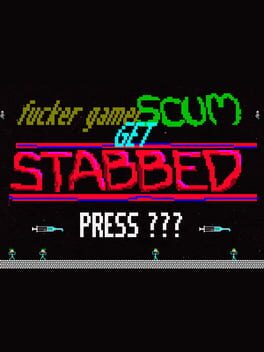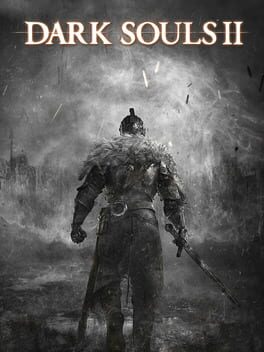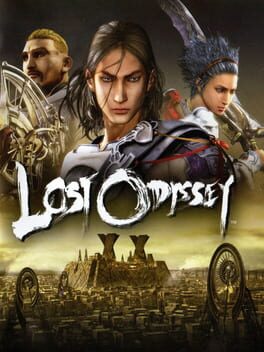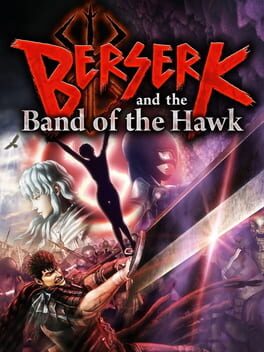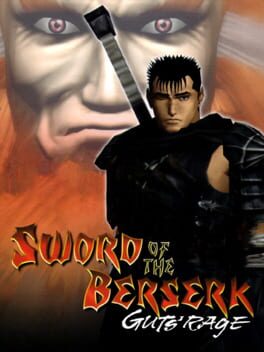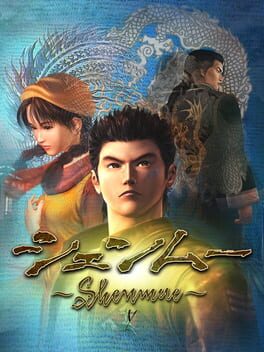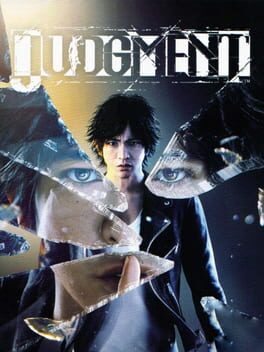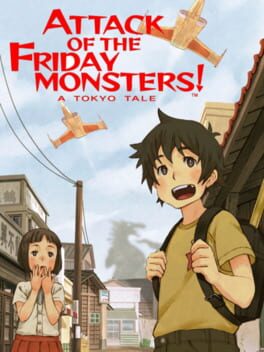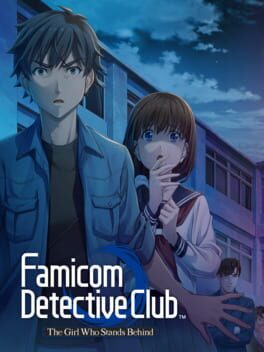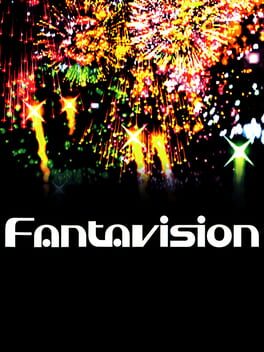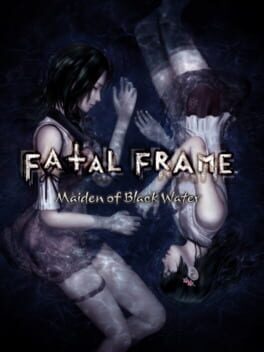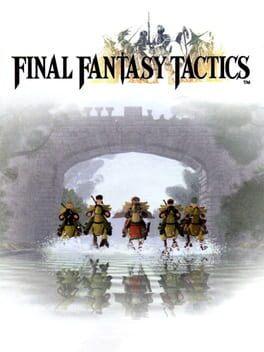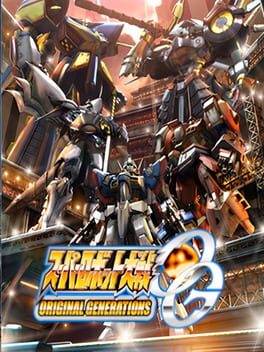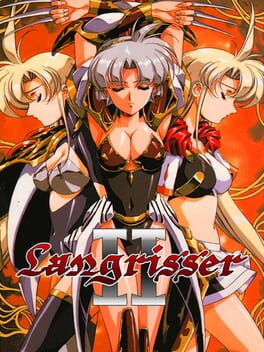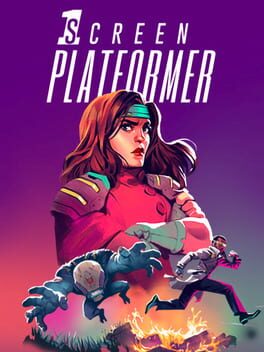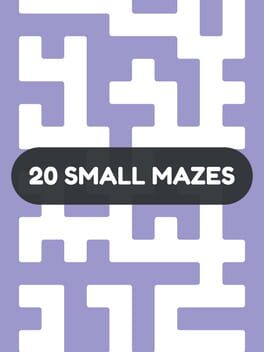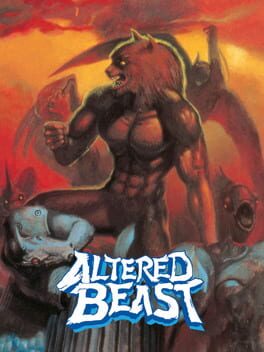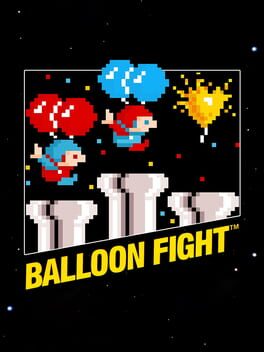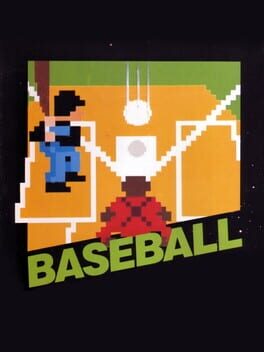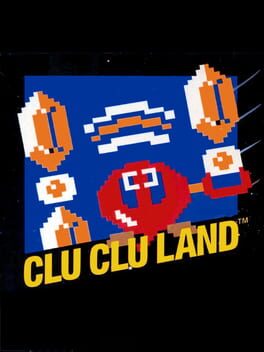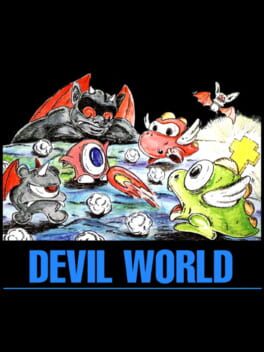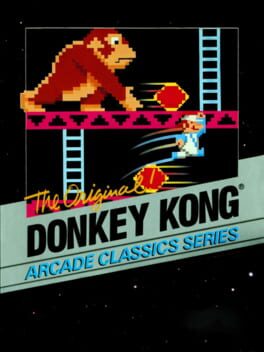masamvne
4 reviews liked by masamvne
Lunar Lander
1979
sega's genesis output mainly reflected the company's arcade-first approach: high difficulty and constant action that rewarded bombastic setpieces over longer runtimes. industry tides were changing however, and some developers took notice. while this game's predecessor - castle of illusion - hewed close to an linear level-by-level structure, quackshot opts to open up the map by incorporating some light adventure game elements. each stage has a checkpoint where donald can call his biplane and warp back to the map, with the option to return to that checkpoint at any time once it has been placed. generally some special inventory item or power-up is needed to progress past the checkpoint in each level, and so exploring all of the available levels is necessary to suss out the correct chain of events required to progress. it doesn't approach full-on metroidvania design, as each level is still just a straight-ish path towards the end, and areas are segmented via the world map, but it attempts to incorporate those ideas in a way that remains congruent with sega's house style, and imo succeeds at doing so. no needless backtracking or confusion exists here: the adventure game elements work to create a regular platforming adventure piecemeal from segments of each level.
donald is lovingly rendered with a bold and large sprite, and this excellent graphical fidenlity extends to some highly-layered parallax backgrounds and cartoonish enemy designs, all bursting with color even with the genesis's limited palette. donald's moveset revolves around a family-friendly gun that mainly shoots plungers, which immobilize enemies and make them intangible for a period. these plungers are quickly upgraded to stick to walls and act as temporary platforms as well as providing a way to hang on ceilings over certain obstacles. as area layouts get more complex, this method of traversal adds plenty of interesting wrinkles to obstacle avoidance, especially when combined with donald's slide that quickly gives him quite a bit of speed. donald also has access to a corn-pop-powered spread shot with limited ammo, as well as an exploding bubble upgrade that allows certain blocks and barrels to be blown open. donald has a pseudo-run that does not seem to speed him up normally but allows him to surmount slopes in a rather odd and probably unnecessary move, and when given enough chili peppers he can zoom off in an invincible rage. this latter mechanic is rather underutilized, since the peppers appear so sparingly. while donald has more than enough tools to get around easily, his sprite's size and his overall slipperiness can make him cumbersome, especially when it comes to avoiding enemies that do not go down quickly with the plunger. simply jumping over foes is a lot easier said than done given that they are also generally as large if not larger than donald, making damage boosting generally the best strategy in many cases, especially since health pickups are plentiful.
overall level design is breezy and snappy, with little to impede your overall flow beyond the occasional cycle-based platforms. infinite continues make this one of the more playable old-school sega titles, though late in the game the sparse checkpoints and low life count will likely make you reach for an infinite lives cheat or save states, like I ended up doing. these later areas attempt a number of different interesting concepts, but tend to fumble the execution in one way or another. blind jumps into damage or instant-death become more common, and are generally placed in such a way that you're intended to fall afoul of them at least once, much to my chagrin. there are also a few areas that explore other methods of movement, such as riding underneath a bird or in a mine cart. these are rather janky and feature no lenience: one mistake will always mean a death, which is especially annoying in the mine cart areas where donald does not retain momentum from the cart when he jumps and thus feels postively leaden in the air transferring from cart to cart. some of the other experiments bear little fruit as well, such as a plodding underwater section, an interesting haunted castle section with secret paths from area to area bogged down by near undodgeable swarms of ghosts, and a superfluous labryinth. the final section has some particularly annoying platforming sections, including one with platforms that move out at diagonals from a single point, which donald struggles to stay on when they all come out at once, and an exceedingly cruel final section involving unevenly-spaced invisible platforms that only appear after you've already jumped. still, I can appreciate the variety in setpieces across the game, with only a select few being reused in later levels. the bosses are all uniformly good as well, with an appreciable level of nuance to approaching each for a game of this era.
while I admire a lot about this game, the level design could benefit from being significantly less punitive and callous towards the player at points. given the relatively lax difficulty for the majority of the experience, it's obvious that certain areas were intended solely to suck up player time with trial-and-error segments that will send them back to checkpoints repeatedly. regardless, the focus on an adventure-lite take on a character action platformer does a lot to make the game feel less boxed-in, and it's hard to argue that this isn't one of the prettiest titles around the midpoint of the genesis's life. it's short enough to warrant a try, especially if you're a fan of this team's work on castle of illusion.
donald is lovingly rendered with a bold and large sprite, and this excellent graphical fidenlity extends to some highly-layered parallax backgrounds and cartoonish enemy designs, all bursting with color even with the genesis's limited palette. donald's moveset revolves around a family-friendly gun that mainly shoots plungers, which immobilize enemies and make them intangible for a period. these plungers are quickly upgraded to stick to walls and act as temporary platforms as well as providing a way to hang on ceilings over certain obstacles. as area layouts get more complex, this method of traversal adds plenty of interesting wrinkles to obstacle avoidance, especially when combined with donald's slide that quickly gives him quite a bit of speed. donald also has access to a corn-pop-powered spread shot with limited ammo, as well as an exploding bubble upgrade that allows certain blocks and barrels to be blown open. donald has a pseudo-run that does not seem to speed him up normally but allows him to surmount slopes in a rather odd and probably unnecessary move, and when given enough chili peppers he can zoom off in an invincible rage. this latter mechanic is rather underutilized, since the peppers appear so sparingly. while donald has more than enough tools to get around easily, his sprite's size and his overall slipperiness can make him cumbersome, especially when it comes to avoiding enemies that do not go down quickly with the plunger. simply jumping over foes is a lot easier said than done given that they are also generally as large if not larger than donald, making damage boosting generally the best strategy in many cases, especially since health pickups are plentiful.
overall level design is breezy and snappy, with little to impede your overall flow beyond the occasional cycle-based platforms. infinite continues make this one of the more playable old-school sega titles, though late in the game the sparse checkpoints and low life count will likely make you reach for an infinite lives cheat or save states, like I ended up doing. these later areas attempt a number of different interesting concepts, but tend to fumble the execution in one way or another. blind jumps into damage or instant-death become more common, and are generally placed in such a way that you're intended to fall afoul of them at least once, much to my chagrin. there are also a few areas that explore other methods of movement, such as riding underneath a bird or in a mine cart. these are rather janky and feature no lenience: one mistake will always mean a death, which is especially annoying in the mine cart areas where donald does not retain momentum from the cart when he jumps and thus feels postively leaden in the air transferring from cart to cart. some of the other experiments bear little fruit as well, such as a plodding underwater section, an interesting haunted castle section with secret paths from area to area bogged down by near undodgeable swarms of ghosts, and a superfluous labryinth. the final section has some particularly annoying platforming sections, including one with platforms that move out at diagonals from a single point, which donald struggles to stay on when they all come out at once, and an exceedingly cruel final section involving unevenly-spaced invisible platforms that only appear after you've already jumped. still, I can appreciate the variety in setpieces across the game, with only a select few being reused in later levels. the bosses are all uniformly good as well, with an appreciable level of nuance to approaching each for a game of this era.
while I admire a lot about this game, the level design could benefit from being significantly less punitive and callous towards the player at points. given the relatively lax difficulty for the majority of the experience, it's obvious that certain areas were intended solely to suck up player time with trial-and-error segments that will send them back to checkpoints repeatedly. regardless, the focus on an adventure-lite take on a character action platformer does a lot to make the game feel less boxed-in, and it's hard to argue that this isn't one of the prettiest titles around the midpoint of the genesis's life. it's short enough to warrant a try, especially if you're a fan of this team's work on castle of illusion.
Ikaruga
2001
Full disclosure: a few years ago I was exactly the person who’d blasted through this on freeplay, then dutifully nodded to myself, “this is the best shmup ever made,” and then proceeded to never play anything else in the genre.
I don’t know if getting a 9CC admonishes me of that, but it’s certainly forced me to see the game in ways I never had before. And I totally get why it grates on people: it’s setpiece-heavy, memorization-intensive, and each of the five stages pulls in wildly different directions- sometimes an intense bullet-hell, sometimes an infuriatingly slow crawl through the box factory.
And the scoring system! Every screen ends up being this order of operations puzzle to chain every trio of colors as quickly and precisely as possible- miss a few and you’ll lock yourself out of the chance to spawn extra groups of enemies. All this is to say, it can be maddening for the first few hours as you get a feel for the rhythm of the game, trying to keep in step with the rigid dance of the whole thing.
The feature that made me really start to love the game was the way you can play levels without firing a shot, what the game calls “Dot Eater.” While it’s cool on its own that you can play entirely as pacifist (and a daunting challenge in its own right), it’s the way this feature intersects with standard play that I’ve found really helpful; if you happen to miss one of your targets when trying to complete a combo- you can wait a bit, survive, and then re-enter the fray when you’ve regained your composure. It’s definitely made replaying the levels more enjoyable- of course going for the S++ rank requires near-perfection, but you’re given a little more flexibility as you strive for mastery, stretches where you neatly chain through everything on screen, take a moment to take a breather, and then pick the chain back up.
The bosses themselves also really open up thanks to being scored by time instead of chaining, your strategy evolving as you try to shave off just a few more seconds with each attempt. I thought the first boss, Eboshidori, was a complete slog initially, but go for the best possible time and suddenly the fight is transformed, frantically switching between polarities to get some extra energy and maximize your damage, weaving between attacks that originally seemed so harmless.
I also want to take a second to acknowledge that, with a bit more context, this is probably one of the nichest shmups I’ve played. Credit-feed through something like Dodonpachi and you’ll have a good time blasting through hordes of enemies, and likely leave with a decent sense of what the experience is like. In contrast, so much of enjoying Ikaruga only comes with time; that first playthrough shuffles you right along, no chance to prolong your survival with any sort of i-frame granting bombs or hyper-mode, missing big portions of the game as the bullet patterns reset each time you die, meaning you don’t really have a chance of getting into any sort of flow state. And as mentioned before, this is a very setpiece heavy, memorization intensive game- hard to intuit what parts of the screen are just instant-death or when some boss will materialize behind you on a first playthrough.
But maybe that’s okay, and it’s more a indication of how stellar the aesthetic and thematic qualities are that even those fumbling initial attempts end up feeling so epic- thrown into the climax of a spectacular battle that you know is vital, even if you can’t quite articulate why. Even now, the game’s focus on perseverance in the face of adversity has been strangely reinvigorating for me, a reminder to fight for the good in the world, even if reality itself seems to be pitted against you.
"Is this what we wished for?
Don't worry, we will understand each other some day.
And the life is succeeded into to the distant future."
Maybe I wasn’t totally off when I first played it.
I don’t know if getting a 9CC admonishes me of that, but it’s certainly forced me to see the game in ways I never had before. And I totally get why it grates on people: it’s setpiece-heavy, memorization-intensive, and each of the five stages pulls in wildly different directions- sometimes an intense bullet-hell, sometimes an infuriatingly slow crawl through the box factory.
And the scoring system! Every screen ends up being this order of operations puzzle to chain every trio of colors as quickly and precisely as possible- miss a few and you’ll lock yourself out of the chance to spawn extra groups of enemies. All this is to say, it can be maddening for the first few hours as you get a feel for the rhythm of the game, trying to keep in step with the rigid dance of the whole thing.
The feature that made me really start to love the game was the way you can play levels without firing a shot, what the game calls “Dot Eater.” While it’s cool on its own that you can play entirely as pacifist (and a daunting challenge in its own right), it’s the way this feature intersects with standard play that I’ve found really helpful; if you happen to miss one of your targets when trying to complete a combo- you can wait a bit, survive, and then re-enter the fray when you’ve regained your composure. It’s definitely made replaying the levels more enjoyable- of course going for the S++ rank requires near-perfection, but you’re given a little more flexibility as you strive for mastery, stretches where you neatly chain through everything on screen, take a moment to take a breather, and then pick the chain back up.
The bosses themselves also really open up thanks to being scored by time instead of chaining, your strategy evolving as you try to shave off just a few more seconds with each attempt. I thought the first boss, Eboshidori, was a complete slog initially, but go for the best possible time and suddenly the fight is transformed, frantically switching between polarities to get some extra energy and maximize your damage, weaving between attacks that originally seemed so harmless.
I also want to take a second to acknowledge that, with a bit more context, this is probably one of the nichest shmups I’ve played. Credit-feed through something like Dodonpachi and you’ll have a good time blasting through hordes of enemies, and likely leave with a decent sense of what the experience is like. In contrast, so much of enjoying Ikaruga only comes with time; that first playthrough shuffles you right along, no chance to prolong your survival with any sort of i-frame granting bombs or hyper-mode, missing big portions of the game as the bullet patterns reset each time you die, meaning you don’t really have a chance of getting into any sort of flow state. And as mentioned before, this is a very setpiece heavy, memorization intensive game- hard to intuit what parts of the screen are just instant-death or when some boss will materialize behind you on a first playthrough.
But maybe that’s okay, and it’s more a indication of how stellar the aesthetic and thematic qualities are that even those fumbling initial attempts end up feeling so epic- thrown into the climax of a spectacular battle that you know is vital, even if you can’t quite articulate why. Even now, the game’s focus on perseverance in the face of adversity has been strangely reinvigorating for me, a reminder to fight for the good in the world, even if reality itself seems to be pitted against you.
"Is this what we wished for?
Don't worry, we will understand each other some day.
And the life is succeeded into to the distant future."
Maybe I wasn’t totally off when I first played it.
42 lists liked by masamvne
by ade |
115 Games
by JCR |
99 Games
by maradona |
118 Games
by bougainvillea |
53 Games
by Cadensia |
28 Games
by petro_sino |
43 Games
by Onilux |
70 Games
by JCLKaytwo |
348 Games
